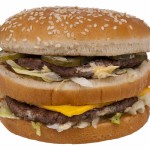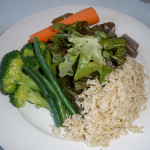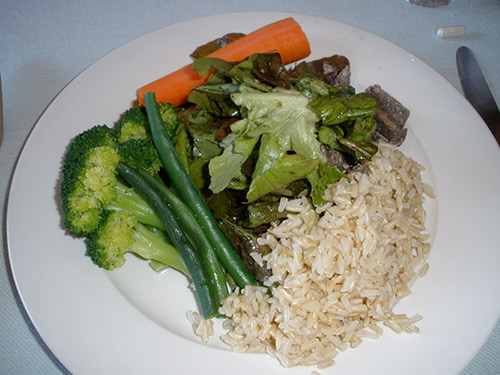Fueling Health & Training
It’s been a while since I’ve written about the intersection of food, health, fueling, training and performance. I have, at the very least, wanted to take even more time to research the new and evolving data out there. This entails reading many, if not all, of the well informed (sometimes popular press) accounts of what’s out there. Additionally, I have been in the middle of what is now more than a six-year personal experiment with the same information. (My experiment includes a few others too.) This portion of what informs me is admittedly anecdotal. However, combining my own experimentation with the research that is new and always evolving and changing, is a powerful combination in my opinion. Its a lot like research on training. You never really know how it will impact you, within reasonable bounds of course, until you try it yourself (or on others).
So, over the next few weeks & months I’ll update as many of the different theories of – and often opposing “diets” for – optimal eating as I can. There are a lot.

Staple of the SAD diet
(standard American diet)

WFPB plate; Vegetarian & Vegan too.
I’ll address:
- The high carbohydrate (CHO)/low fat (FAT) vs. the low CHO/high FAT debate and their well entrenched camps. This seems to break down roughly into two sides: on one side – the “Paleo” diet people (high FAT(and high PRO)/low CHO), and on the other side – the Vegan & the Whole Food Plant Based (WFPB) people (high CHO/low FAT and PRO). Think Joe Friel vs. Scott Jurek of ultra-distance running fame!
- There are also the gluten-free advocates, and following that lead you may well end up in grain-free territory, i.e. no grains at all, ..ever.
- The very (surprisingly) controversial role of protein (PRO), how much do you really need, and the varied methods to get your quota there.
- The Nutritarian Diet, (Dr. Joel Furhman)
- Vegan & Vegetarian
- “Raw” food
- Various forms of restricted meat, e.g. pescetarian, lacto-ovo vegetarians, “flexitarian,” etc.
- Of course, the organic-only (Non-GMO) adherents play a part.
- The surprisingly debatable role of starch, as it fits into several of the above: gluten free/no grains, low carb, high carb
- The role of sugar (NOT starch, but defined as fructose containing carbs, e.g sucrose or table sugar).
- Underlying it all, and everybody’s whipping boy, is the SAD (standard American diet) way of eating. There’s not a lot of legitimate debate on the SAD. It’s pretty hard to reasonably argue these days that the SAD diet is not aptly named, or in fact not just outright terrible. It is therefore largely avoided by most, if not all, serious endurance athletes. So, we’ll see that the SAD diet actually becomes a straw-man type argument for almost all the other advocates.
Keep in mind that I’ll take the perspective of the very active endurance athlete to discus the direct impact on training and racing. More importantly, and of much broader concern however, I will approach this stuff primarily from a general underlying health point of view. That is the foundation on which all else rests. Very interesting stuff, and great food for thought.
Stay tuned…
Coach Bill





Leave a Reply
Want to join the discussion?Feel free to contribute!